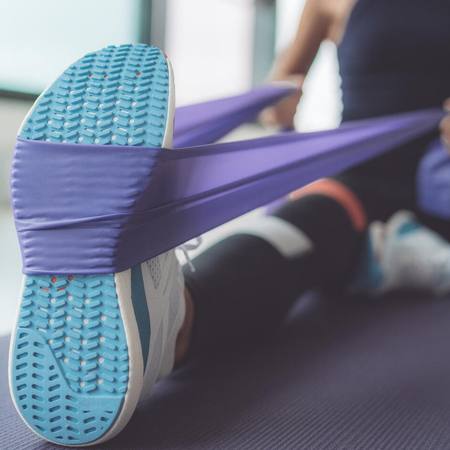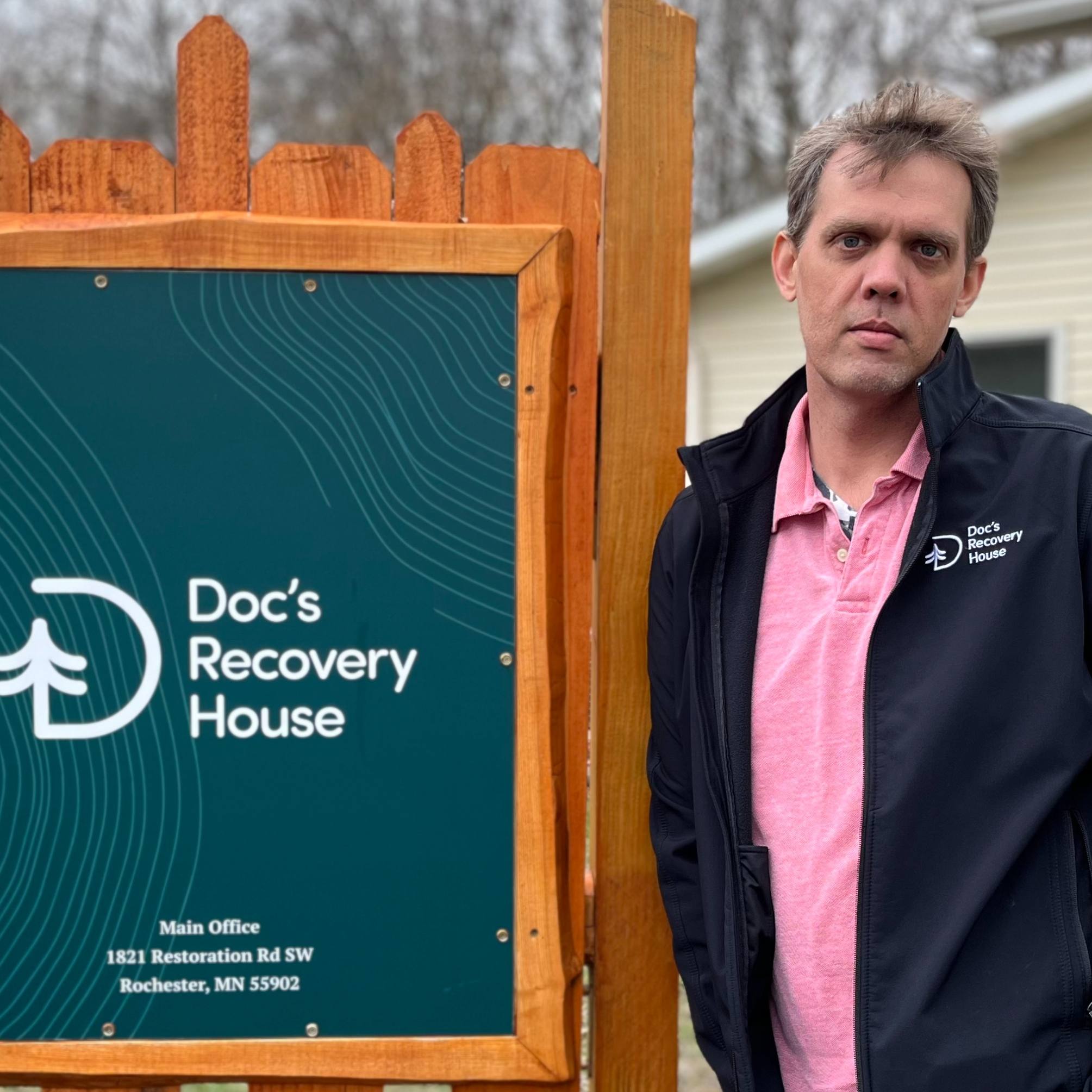-
Health & Wellness
Redness and Pimple-like Bumps May Indicate Rosacea
Redness and Pimple-like Bumps May Indicate Rosacea
November 23, 2012
Dear Mayo Clinic:
Over the past few months the skin on my cheeks has become slightly red, and I have what looks like acne on my cheeks. Could this be rosacea, and if so, is there a way to treat it?
Answer:
Changes such as the ones you describe may indicate rosacea, a common inflammatory skin condition. An estimated 14 million Americans have rosacea, which can be mistaken for other skin disorders, such as acne and skin allergies. The good news is that the pimple-like bumps of rosacea generally respond well to prescribed treatment and to efforts to avoid triggers that can aggravate the condition.
Although anyone can develop rosacea, it's more likely to occur in people with fair skin and light eye and hair color. The condition typically appears between ages 30 and 60. Women are more likely than men to develop rosacea. However, it tends to be more severe in men. Its cause is unknown, but researchers believe rosacea is likely due to a combination of hereditary and environmental factors.
Rosacea can begin with a tendency for facial flushing. But when that's the only sign and nothing further develops on your face, it may not be rosacea. Some people have a naturally ruddy complexion or chronic sun damage, which may give the appearance of rosacea.
Generally, signs and symptoms of rosacea are progressive. Persistent red areas may develop on the center area of your face — especially the nose — due to expanding (dilating) blood vessels close to the skin's surface. With time, small blood vessels on the nose and cheeks may swell and become more visible. Skin tends to be overly sensitive — for some, oily skin and dandruff are part of the mix. The inflammatory phase of rosacea is marked by the appearance of small red bumps or pustules, which aren't the same as whiteheads or blackheads associated with acne.
More than half of people with rosacea experience a burning or gritty eye sensation called ocular rosacea. The inner skin of the eyelids may become inflamed or appear scaly. A rare occurrence — mainly in men — may occur late in the course of rosacea where tissue builds up on or around the nose, giving the nose a large, bulbous appearance (rhinophyma).
True rosacea rarely clears up on its own. If you have persistent facial redness, see your doctor for diagnosis and proper treatment. You may notice that some of the following factors may make your face turn red (flush). If that's the case, avoid:
- Temperature extremes
- Sunlight exposure
- Hot foods or beverages
- Spicy foods
- Alcohol
- Stress, anger or embarrassment
- Hot baths, saunas
- Medications that dilate blood vessels, including some blood pressure medications
Other than avoiding potential flushing triggers, there aren't good treatments to address the problem of flushing on its own. However, if the flushing produces dilated vessels on your skin, laser surgery may help reduce the visibility of those blood vessels.
Gentle skin care practices are important to avoid irritating sensitive facial skin and to protect your skin from needless damage. Your doctor can recommend specific skin care products best suited for your skin type.
There are effective treatments for the pimple-like bumps caused by rosacea. Topical medications may help reduce these blemishes. Commonly used prescription topicals include antibiotics such as metronidazole (Metrocream, Metrogel, others), tretinoin (Retin-A, Renova, others), benzoyl peroxide, azelaic acid (Azelex, Finacea) and sulfacetamide (Klaron).
Topicals may be used alone or in combination with oral antibiotics, which also help reduce inflammation. Oral antibiotics tend to work faster than topical ones. Once symptoms improve, you may be taken off the oral antibiotics and use just topical medication to help keep rosacea in remission.
Ocular rosacea is typically treated with oral antibiotics. If needed, your doctor may prescribe steroid eyedrops. In the rare instances of rhinophyma, treatments such as laser surgery can be used to remove tissue buildup.
Treatment for rosacea varies depending on the severity of your symptoms. Although there's no cure for rosacea, you can often suppress symptoms and keep rosacea under control with medications and self-care.
— Dawn Davis, M.D., Dermatology, Mayo Clinic, Rochester, Minn.







